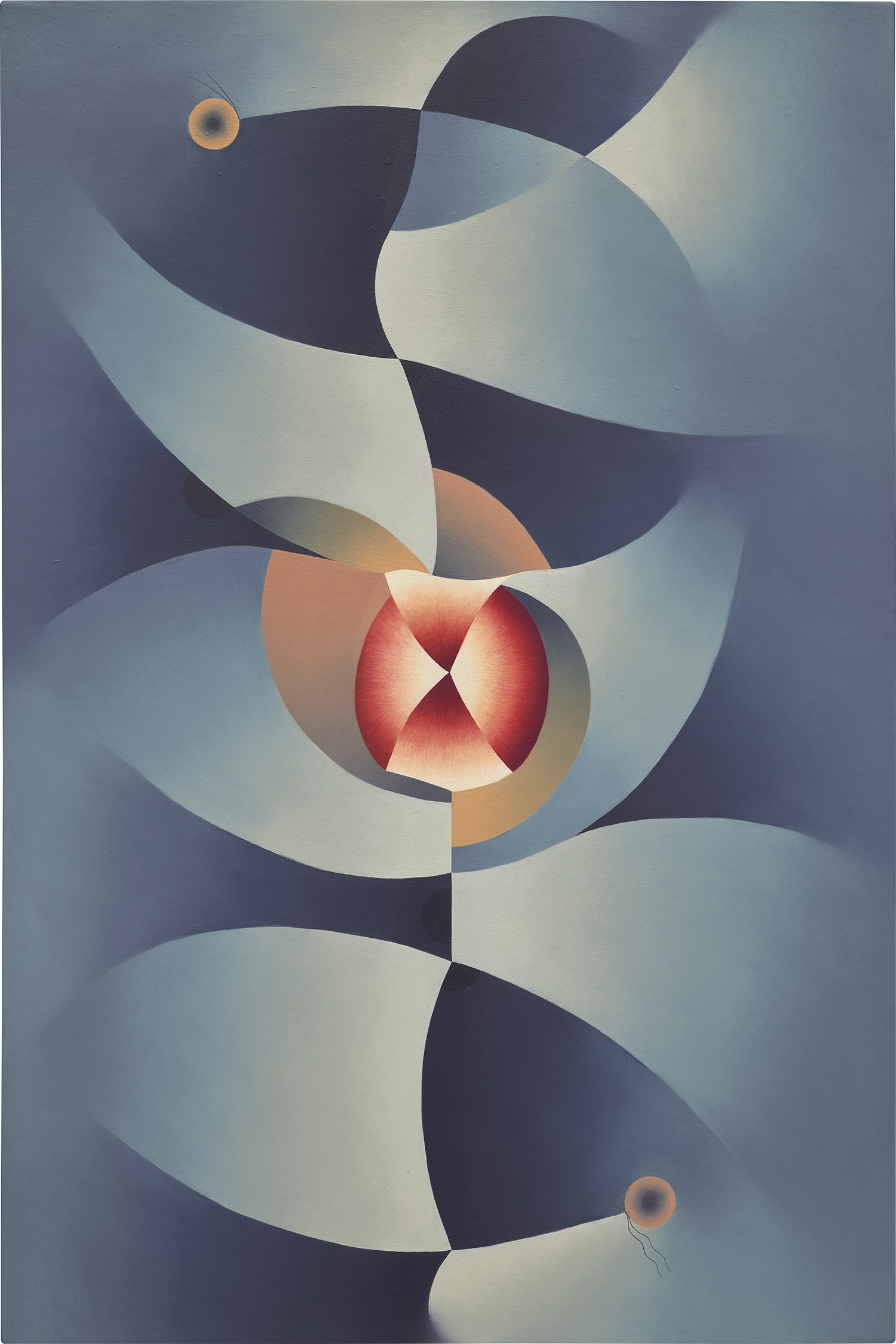

Property from an Esteemed American Collection
3
Angela Heisch
Egg White Blue
signed, titled and dated 'Egg White Blue Angela Heisch -2019-' on the reverse
oil on canvas laid on panel
91.4 x 61 cm (36 x 24 in.)
Painted in 2019-2020.